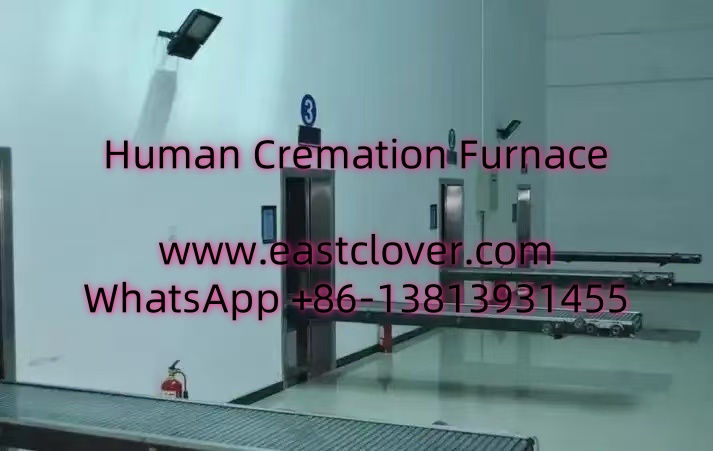The Evolution of End-of-Life Services
For centuries, cremation has been a dignified method to honor the deceased, but traditional practices often face limitations in accessibility, environmental impact, and personalization. The advent of **mobile cremation furnaces with IoT connectivity** is revolutionizing this age-old process, merging technology with compassion to create “Smart Farewells.” These innovations are not only addressing logistical challenges but also redefining how families engage with end-of-life rituals.
How IoT Transforms Cremation Technology
Modern mobile cremation furnaces integrate IoT sensors and cloud-based systems to optimize operations and enhance transparency. Key features include:
- Real-Time Monitoring: Sensors track temperature, emissions, and fuel efficiency, ensuring compliance with environmental regulations.
- Remote Accessibility: Families can monitor the cremation process via secure apps, reducing anxiety and fostering trust.
- Predictive Maintenance: IoT systems detect equipment wear-and-tear, minimizing downtime and ensuring reliability.
- Data Analytics: Aggregated data helps operators refine energy use and reduce carbon footprints.
For example, a furnace might adjust combustion settings automatically based on real-time air quality data, ensuring minimal environmental impact.
Smart Farewells: Personalizing Memorials
IoT extends beyond the furnace itself, enabling bespoke memorial experiences:
- Virtual Memorials: Live-streamed services allow global participation, with IoT cameras and microphones capturing ceremonies in high definition.
- Interactive Urns: QR codes or NFC tags on urns link to digital biographies, photos, or voice recordings.
- AI-Powered Tributes: Machine learning algorithms curate personalized playlists or video montages based on the deceased’s preferences.
These tools help families celebrate unique lives while bridging physical and digital remembrance.
Benefits of IoT-Enabled Mobile Cremation
- Accessibility: Mobile units serve rural areas or disaster zones where traditional facilities are unavailable.
- Sustainability: Precise control over emissions and energy use aligns with green initiatives.
- Transparency: Real-time data builds trust between service providers and families.
- Cost Efficiency: Reduced operational costs translate to more affordable services.
Challenges and Considerations
Despite their potential, IoT cremation systems face hurdles:
- Regulatory Compliance: Varying regional laws on emissions and data privacy require careful navigation.
- Cybersecurity: Protecting sensitive data from breaches is critical.
- Cultural Sensitivity: Balancing technology with tradition demands empathy and education.
Case Studies: IoT Cremation in Action
Japan’s Aging Population: Mobile units with IoT capabilities are deployed to remote villages, ensuring elderly residents receive respectful services without long-distance transport.
Disaster Response in California: During wildfires, IoT furnaces provided rapid, eco-friendly cremations while sharing real-time updates with displaced families.
www.southclover.com
IoT-enabled mobile cremation furnaces represent a profound shift in end-of-life care, blending operational efficiency with deeply personalized memorials. By addressing environmental, logistical, and emotional needs, these innovations honor both the deceased and the living, setting a new standard for dignity in farewells.
Frequently Asked Questions
1. What is an IoT-enabled mobile cremation furnace?
A compact, portable cremation unit equipped with IoT sensors for real-time monitoring, emissions control, and remote access.
2. How does IoT improve cremation services?
It enhances transparency, reduces environmental impact, and enables families to participate in ceremonies virtually.
3. Is data from IoT systems secure?
Reputable providers use encryption and comply with data protection laws to safeguard information.
4. Can IoT cremation be personalized?
Yes, features like digital memorials and AI tributes allow tailored experiences.
5. Are these systems environmentally friendly?
IoT optimizes fuel use and monitors emissions, making cremation greener than traditional methods.
6. Where are IoT cremation furnaces available?
They’re increasingly used in urban and rural areas globally, particularly in regions with aging populations or limited infrastructure.

Comments are closed